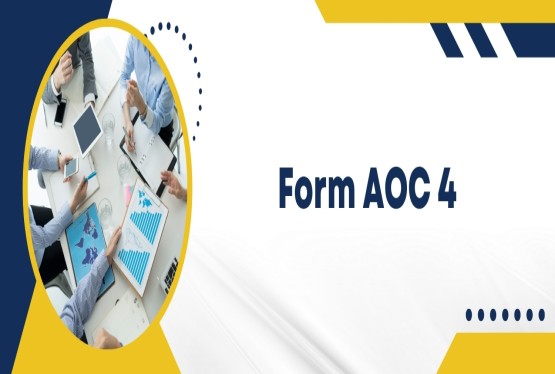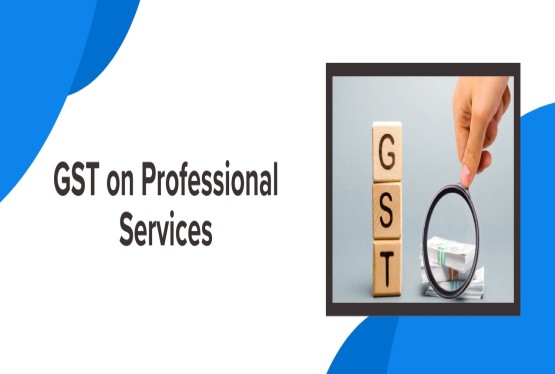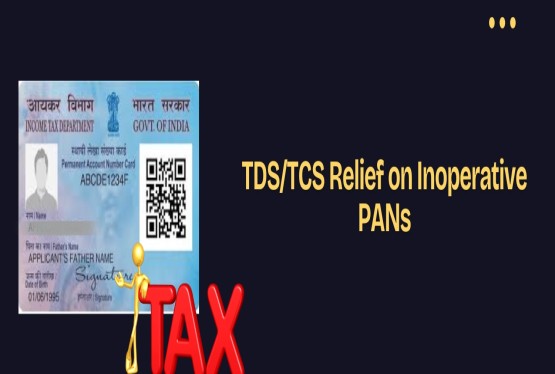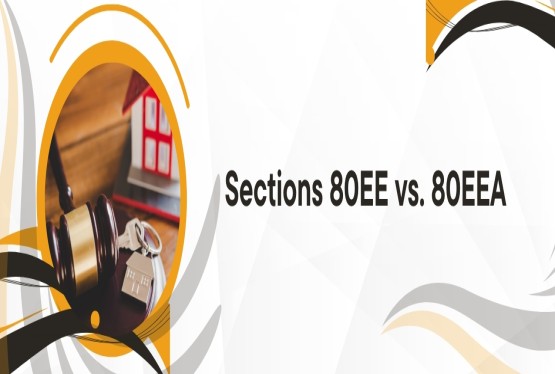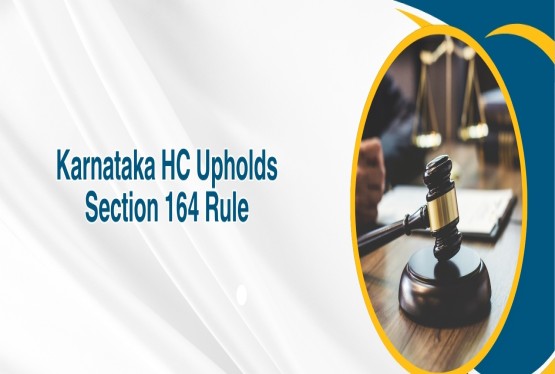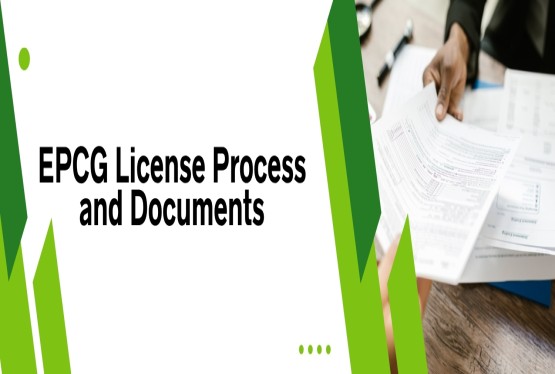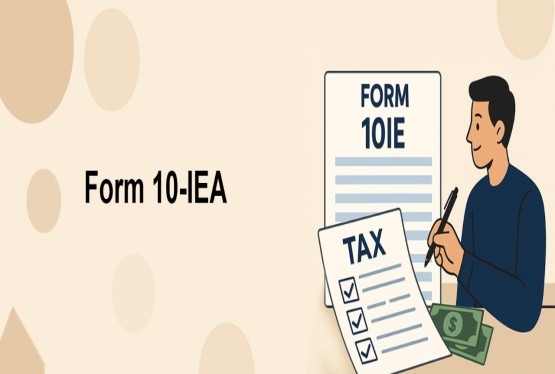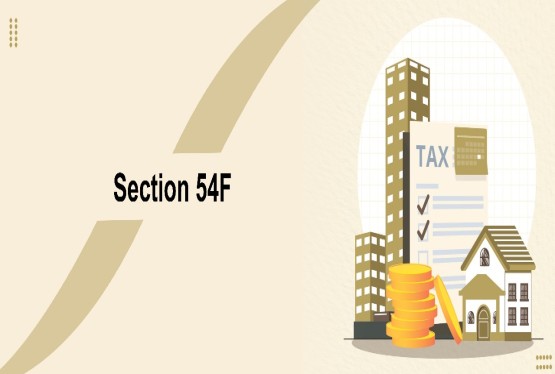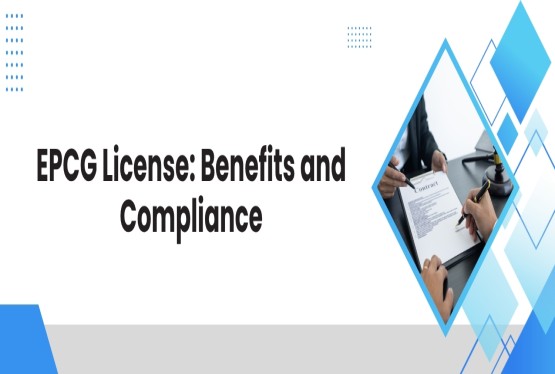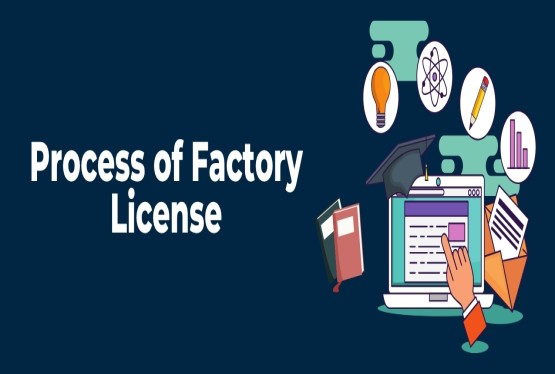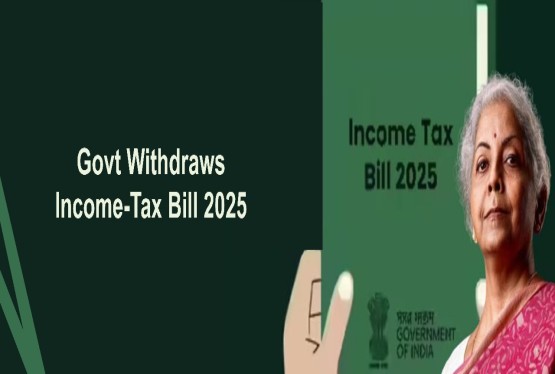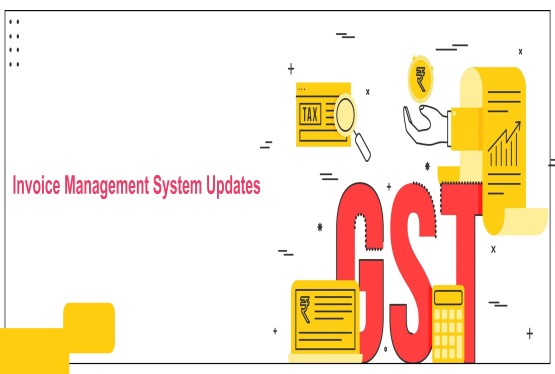The introduction of the Goods and Services Tax (GST) in India was a major change in the country's indirect tax system. While GST aimed to simplify taxation and improve the ease of doing business, it required a careful transition from previous tax systems like Excise, VAT, and Service Tax. This transition was facilitated by transitional provisions in GST, which addressed issues such as existing inventory, credits, and transactions that were partially completed before the implementation of GST.
The GST transition provisions are designed to facilitate the migration of taxpayers who are currently registered under Service Tax, VAT, or Central Excise to the Goods and Services Tax (GST). As per these provisions, individuals and businesses possessing a Permanent Account Number (PAN) are initially granted a provisional GST Registration Certificate. This provisional certificate is temporary and will be replaced by a final GST registration certificate once the migration process is completed. Therefore, under these transition rules, all existing taxpayers must complete the migration process to GST.
Over recent months, many entrepreneurs have sought guidance regarding the GST migration process. In this article, we address some common questions related to the transitional provisions.
What is a GST Provisional Certificate?
A GST provisional certificate is a temporary registration issued to taxpayers during the migration process. This certificate remains valid for six months from the date of issuance. However, the validity period can be extended if the taxpayer provides a valid reason, supported by relevant documents, and obtains approval from the GST Council.
Why Are Transitional Provisions Important?
Transitional provisions are important for businesses for several reasons:
1. Avoidance of Double Taxation: They help prevent businesses from being taxed twice—once under the old tax system and once under GST.
2. Safeguarding ITC: These provisions ensure businesses can carry forward the Input Tax Credit from previous tax regimes, preserving the tax benefits they had accrued.
3. Clarity and Compliance: Clear provisions guide businesses on how to handle ongoing transactions, ensuring compliance with GST rules.
Closing Balance of CENVAT Credit
Under the GST regime, a taxpayer is allowed to carry forward the CENVAT Credit (Central Value Added Tax) from the previous tax system into their electronic credit ledger under GST. This carried-forward credit is based on the amount reported in the return for the period ending the day before GST's implementation.
Additionally, businesses can carry forward the Value Added Tax (VAT) and Entry Tax credit under similar provisions, provided the return is filed within 90 days before the appointed day. The CENVAT Credit can relate to inputs, input services, or capital goods. This carried-forward credit is then reflected as the opening balance in the taxpayer's electronic tax ledger under GST, either under CGST (Central Goods and Services Tax) or SGST (State Goods and Services Tax).
Conditions for Availing the ITC
To claim the input tax credit under GST from the previous tax regime, certain conditions must be met:
1. Eligibility Across Tax Regimes: The CENVAT Credit must be eligible as input tax credit under both the old and new tax regimes.
2. Filing of Returns: The CENVAT Credit must have been carried forward in the final return filed under the previous tax regime.
3. Electronic Credit Ledger: The carried-forward credit will be available as the opening balance in the electronic credit ledger under GST, not based on the balances shown in the books of accounts.
Types of Credits Eligible for Carry Forward
|
Type of Credit |
Eligible for Carry Forward? |
Remarks |
|
CENVAT Credit (on inputs) |
Yes |
Subject to certain conditions |
|
CENVAT Credit (on capital goods) |
Yes |
Credit used over a specified period |
|
VAT Credit |
Yes |
Varies by state |
|
Service Tax Credit |
Yes |
Subject to conditions |
Key Transitional Provisions in GST
Here are some key transitional provisions relevant to GST returns:
1. Carry Forward of ITC
Eligible ITC from the previous tax systems could be carried forward into the GST regime. Taxpayers had to file the TRAN-1 form to detail the ITC to be carried forward. This form had specific deadlines, which were later extended multiple times.
2. Treatment of Existing Stock
On the GST implementation date, stock held by businesses was considered sold. Businesses were liable to pay GST on such stock. However, businesses could claim ITC on the tax paid on existing stock, provided certain conditions were met, such as having valid tax invoices.
3. Works Contracts and Job Work
For contracts spanning both pre-GST and post-GST periods, ITC was allowed on the part of the contract executed post-GST implementation, subject to specific rules. Similarly, provisions were made to avoid double taxation for goods sent for job work before the GST rollout and returned after it.
4. Other Transitional Provisions
Businesses were required to file final returns under the earlier tax systems, even after GST went live. They could also claim refunds for taxes paid before the transition.
Impact on GST Returns
Transitional provisions directly impact GST Return filings:
-GSTR-3B: This return captures details about the carryover of ITC and any ITC claims related to pre-GST stock.
-TRAN Forms: The TRAN-1 and TRAN-2 forms were designed to gather details about the credits carried forward or adjusted.
Changes to Transitional Provisions Over Time
Some transitional provisions have evolved:
-Carry Forward of ITC: The window for filing TRAN-1 to claim ITC carryforward was initially open until December 2017, with extensions granted, and eventually closed in November 2022.
-Deemed Sale Provision: Initially, businesses were required to treat stock as sold on the GST rollout date. This provision was later revised, and the focus shifted to valuation and taxation based on market price or cost under GST.
Compliance Considerations
Although the transition period has passed, understanding transitional provisions remains crucial. Key compliance considerations include:
1. Record Maintenance: Businesses should retain all records related to transitional provisions, such as TRAN-1 forms, ITC carryover details, and documentation for stock valuation.
2. Consulting Tax Professionals: Given the complexities of GST regulations, it's beneficial to consult tax professionals to ensure accurate reporting and minimize compliance risks.
Conclusion
Transitional provisions were important in ensuring change to the GST system. While some provisions, like the carryforward of ITC, are no longer relevant, understanding their historical importance and remaining implications is critical for ongoing compliance. Businesses should continue to follow current regulations, keep necessary documentation, and seek professional advice to navigate the GST framework effectively.
FAQs
1. When will provisional GST Registration be converted into final registration?
Ans. A person with provisional GST registration must complete the GST migration process on the GST portal to obtain the final GST registration certificate and GSTIN.
2. Is GST migration mandatory for individuals with Service Tax, VAT, or Central Excise registration?
Ans. Yes, it is mandatory for all individuals with Service Tax, VAT, or Central Excise registration to complete the GST migration process as per the rules.
3. What will happen to the provisional registration of a composite dealer?
Ans. Even an existing composite taxpayer must apply for composition tax under GST, as the provisional registration does not automatically transition to the composition scheme.
4. Can a VAT-registered dealer opt for the composition scheme after the prescribed time period?
Ans. If a registered taxable person fails to opt for the composition scheme within the specified time, they will be required to pay tax under the regular provisions of GST.
5. What if a taxpayer has multiple VAT registrations in the same state?
Ans. Under the transitional provisions, a single GST registration will be issued for all the VAT registrations in a state, based on the PAN. However, if they qualify as distinct business verticals under the GST law, separate registrations may be allowed.
6. What happens when a taxpayer has separate registrations under Central Excise or Service Tax law for different units or business premises in the same state?
Ans. According to GST rules, all units or business premises registered under Central Excise or Service Tax law in the same state will be combined under a single CGST registration, unless they qualify as distinct business dimensions under the GST law.








_crop10_thumb.jpg)

















































































_for_FY_2025-26_crop10_thumb.jpg)



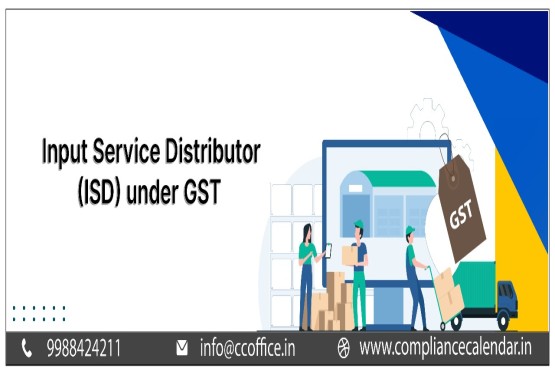








_learn_crop10_thumb.jpg)








_Filing_Due_Dates_for_FY_2024-25_learn_crop10_thumb.jpeg)
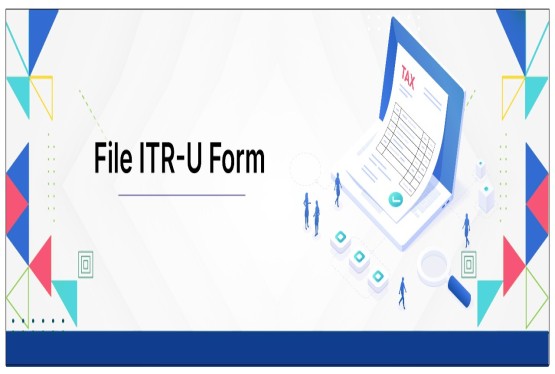

























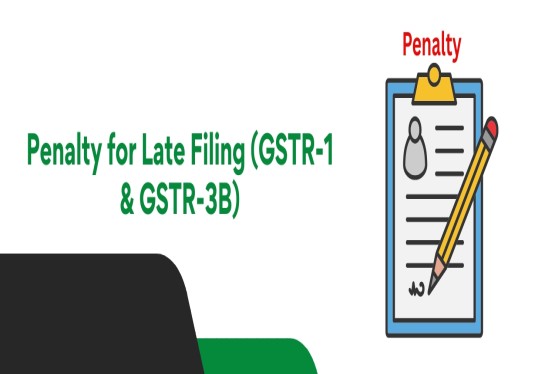












_of_GST_Act_learn_crop10_thumb.jpg)










_Under_GST_learn_crop10_thumb.jpg)









_crop10_thumb.jpg)


_crop10_thumb.jpg)






_learn_crop10_thumb.jpg)






















_of_the_Income_Tax_Act_learn_crop10_thumb.jpg)



_learn_crop10_thumb.jpg)






_learn_crop10_thumb.jpg)






_crop10_thumb.jpg)




















_in_The_Income_Tax_Act,_1961_learn_crop10_thumb.jpg)



_learn_crop10_thumb.jpg)



_of_the_Income_Tax_Act_learn_crop10_thumb.jpg)


_Of_Income_Tax_Act_learn_crop10_thumb.jpg)








_learn_crop10_thumb.jpg)








_learn_crop10_thumb.jpg)
_crop10_thumb.jpg)






















_learn_crop10_thumb.jpg)
_for_Import_and_Export_learn_crop10_thumb.jpg)









